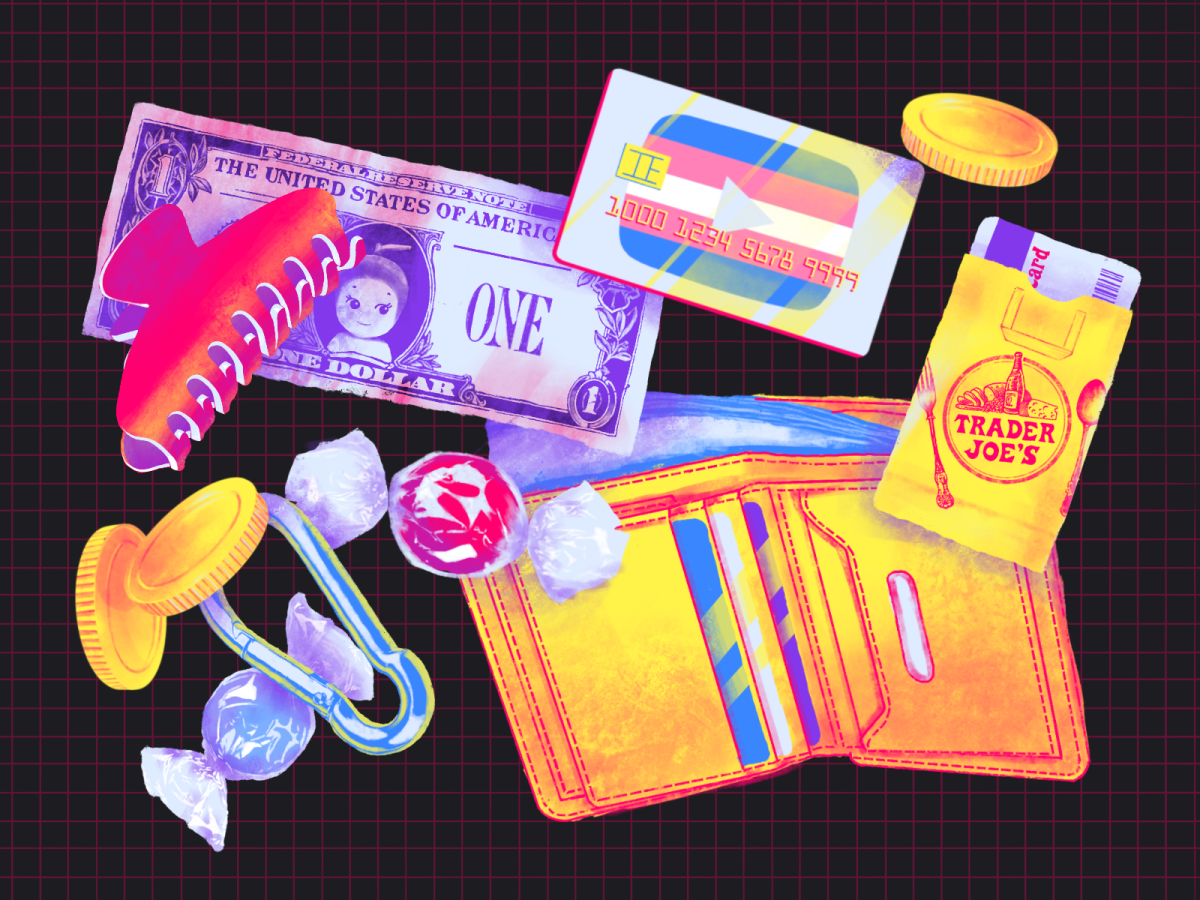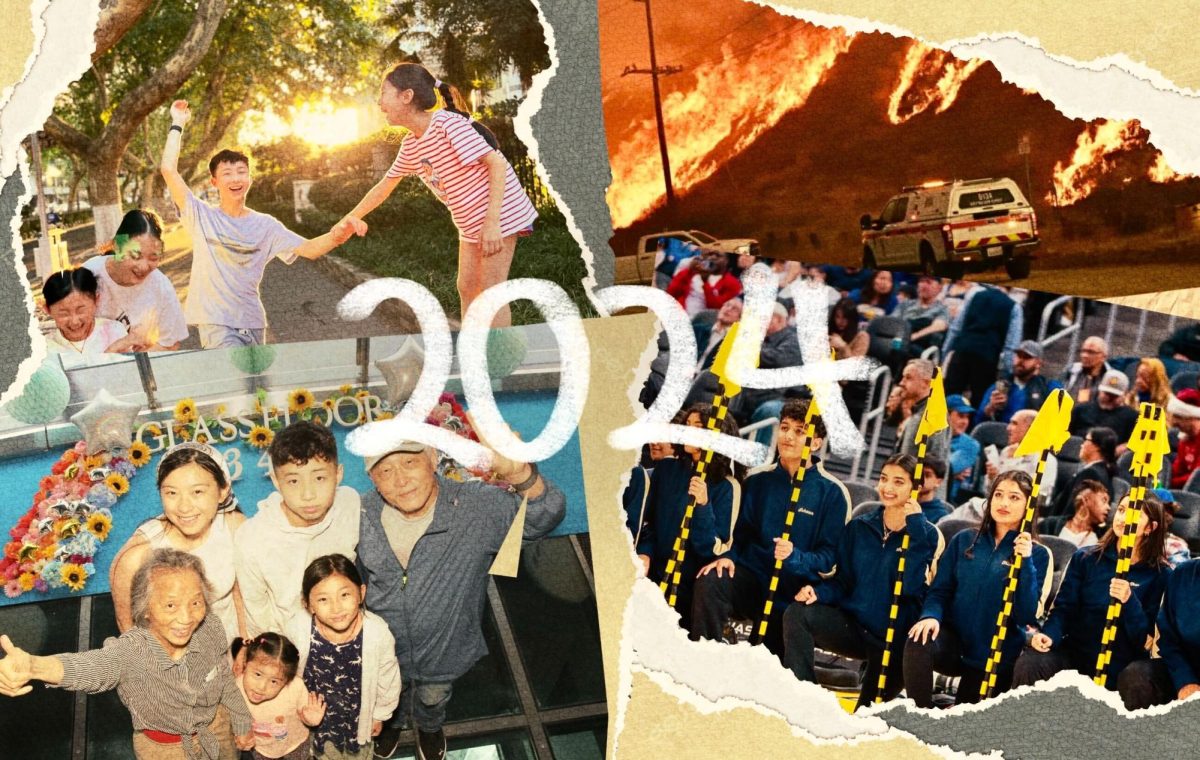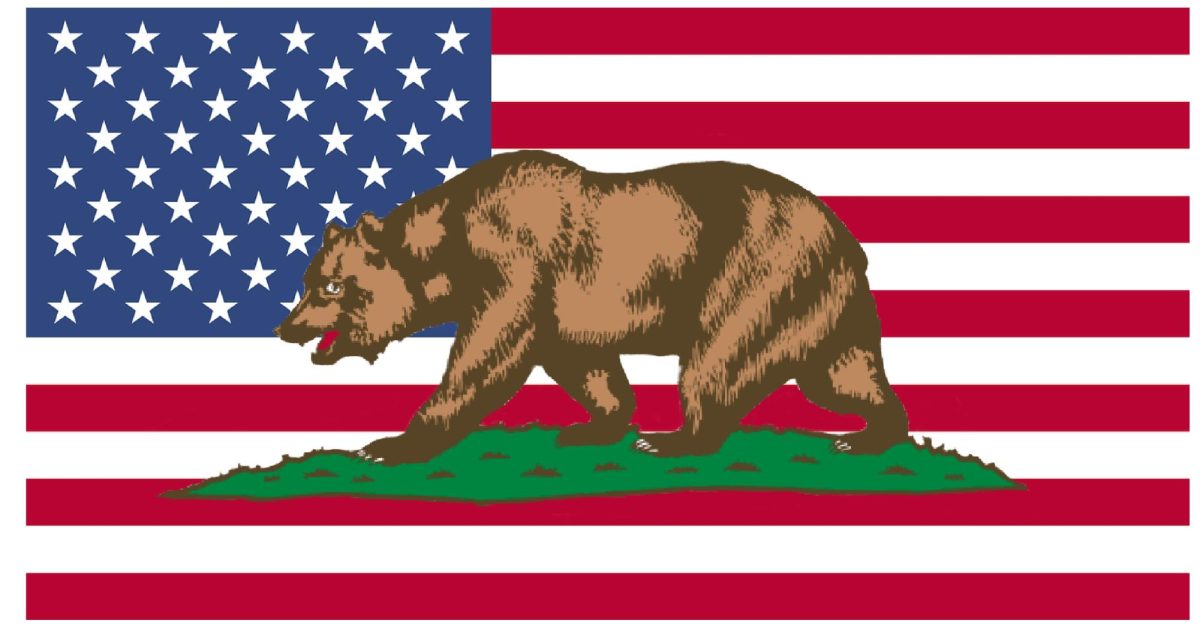Children on the catwalk: youth modeling should not be permitted
Why the modeling industry is no place for the youth
February 26, 2019
he catwalks down the runway, chin held high and face caked with makeup. Clothed with eye-catching colors and luxurious brands, she stops at the edge of the red carpet and poses — one, two, three. The cameras shutter, capturing the fitted dress that frames her underdeveloped figure. With a gleaming smile, she flashes her pearly white teeth and saunters back.
She is not a woman with an hourglass figure coupled with stick thin legs — she’s a child, barely reaching adolescence and in the early stages of puberty.
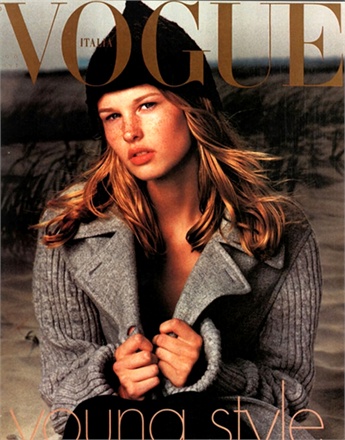
Although children are being drawn into modeling contracts by the cliché promises of fame and fortune, the modeling industry is, quite frankly, no place for the youth. A child should not be subjected to feminine conventional standards at a young age. To be the face of mainstream beauty norms as a child is detrimental to her still-maturing mindset. Fashion model Sara Ziff, who is also the founder of the Model Alliance, an organization advocating against sexual misconduct in the modeling industry, echoes a similar sentiment.
“It’s not good for the child and it’s not good for the greater public for children to represent the feminine ideal of beauty for women,” Ziff said to CNN. “These clothes are marketed to women, not 13-year-old girls, so why is it [that] a 13-year-old girl is supposed to be the ideal?”
This isn’t to say that modeling is entirely unfavorable. However, if a teenager is scouted for their idealistic facial features or body, maintaining those precise measurements over the dragging course of maturity is pressurizing.
Model Amy Lemons is a prime example. Starting her fashion model career at 12, Lemons secured “instant supermodel status” when she appeared in the Italian Vogue magazine at 14.
Fast forward to three years later, when the petite 17-year-old began to put on weight. Initially, Lemons’ New York agent prompted her to only eat one rice cake a day; if that was ineffective, her diet would be limited to half a rice cake.
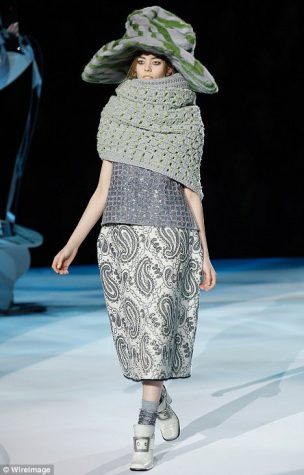
“They were telling me to be anorexic – flat-out,” Lemons told Ziff from the Guardian.
The allure of fame and fortune is a deception, catapulting the youth into the industry. When a child signs a modeling contract, they’re unsuspecting of the hazards they’re signing themselves up for: the pressure of honing in perfected body images, the obligation to humor society’s expectations and the potential of experiencing mental illnesses.
In 2012, during New York Fashion Week, American fashion designer Marc Jacobs hosted a fashion show. Of the 50 models cast, Thairine Garcia and Ondria Hardin were no more than 14 years old. However, according to the guidelines set by the Council of Fashion Designers, the approved minimum age of models to run the catwalk is 16.
According to the New York Times, the Council of Fashion Designers of America (CFDA) issued a statement claiming “the fashion council is concerned that models who are under that age might not be prepared for the adult environment of the shows. This season, the council urged its members to insist on seeing models’ identification to ensure they are 16, though the designers are not required to follow its guidelines.”
“People [in the fashion industry] will argue that clothes look better on a thin, tall person, and that a 14, 15, 16-year-old girl is naturally thin like a beanpole in a way that a woman in her 20s, 30s, 40s is not,” Ziff said. “Now, why is that the ideal? Why are women aspiring to look like children? I think that’s highly problematic, and that’s something that I want to see change.”

There’s a loophole. The modeling agencies are dodging any form of regulation, casting models younger than 16 and violating the “underage model pledge.”
However, when prompted with raising concerns over the models’ young ages, Jacobs responded with the following:
“I do the show the way I think it should be and not the way somebody tells me it should be,” Jacobs said. “If their parents are willing to let them do a show, I don’t see any reason that it should be me who tells them that they can’t … There are children actors and children models for catalogs and stuff, so I guess if a parent thinks it’s okay and a kid wants to do it, it’s fine.”
The problem is, it’s not fine. The CFDA set the minimum guidelines for fear of youth exposure into the adult world. Contrary to child actors who are cast to fill the role of a child, child models are cast to fill the role of adults. Subjecting youth into a formal workplace forces them to make a jump in maturity.
Children are not accessories or fashion ragdolls to be preyed upon by modeling agencies. From body image to exploitation, the modeling industry is no place for the youth.



















